Moving away a little from my aged oolongs a bit, I pulled out something else I hunted down in Taiwan — a rougui, oddly enough. This was a shop that I specifically went to before I discovered the treasure trove that is the candy store (and other stores around it). I remember this being a tiny place, and I went there quite late in the day, almost getting dark. It was a long walk from the subway to the shop, and I passed through, among other things, the big computer shopping area as well as an open farmer’s market where they were also selling tea. When I finally found this place, I was drenched in sweat — a hot, Taiwanese summer evening.
The shop was only occupied by the owner and his daughter, who was probably around five or six. She was doing her homework, and the shop owner seemed to have been making dinner or some such. I thought I was interrupting, but he asked me to go in. I poked around, as usual, and looked through a bunch of teas, mostly puerh. At that point I was still in puerh hunting mode. I did, however, notice that he had a lot of tea canisters on the wall — and all of them were Wuyi teas. I asked about it, and he said this, not puerh, was his specialty. Puerh was there just to appease people who are in the fad.
Ok, Wuyi tea. I like them just as well, so we sat down and tasted a few of these. You can probably hunt down my entry for this visit if you really feel like it somewhere on this blog (probably August 07). I remember they were all quite expensive, and I only walked away from the shop with a cake of puerh and a can of this rougui. I still have most of both.
Opening the can again today, a rush of Wuyi tea aroma immediately rushed up. It was pretty obvious and pretty strong. I like teas that announce their presence, even when dry.
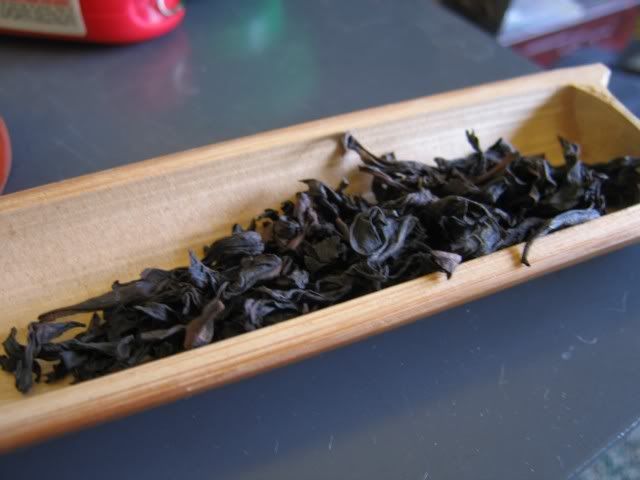
I rarely get the cinnamon taste that is supposed in rougui, but today, I did. Is it the tetsubin? It’s not the pot, because it’s the same pot I’ve been using for two years now for Wuyi teas. I know I’ve been singing the tetsubin song for quite a while now, but I really do think that whatever it is, it is doing something to my water and helping me make my tea better.
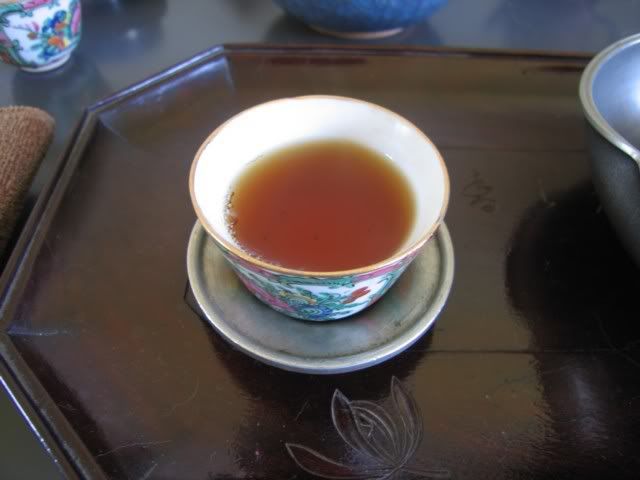
Strong, cinnamony, dark, yet a bit fruity with a good aftertaste…. solid Wuyi tea. Yet, I find myself missing that sweet sensation that I get from aged oolongs. This tea is brasher, obviously younger, and less refined. Maybe I’ve gotten used to the aged oolongs, but they do have a unique calming quality that most other teas don’t. Old puerh certainly do, but only if well aged. Adolescent or younger puerh simply can’t do that kind of thing.
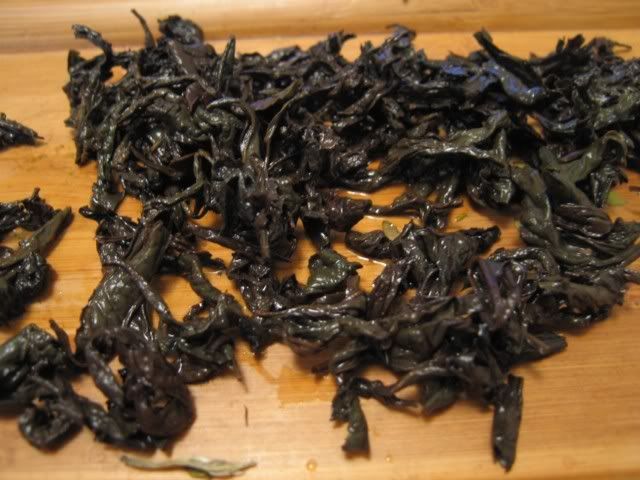
I brewed the tea until there’s basically nothing left in it, which took maybe 20 infusions. I realized that my definition of “nothing” is probably much lower than most other people’s… I am quite willing to go to extreme lengths to get another cup out of a tea. At least this tea is up to the task.
I wonder if I should buy more of this stuff when I go to Taipei again, and store it for myself. I think this tea should do well with age.


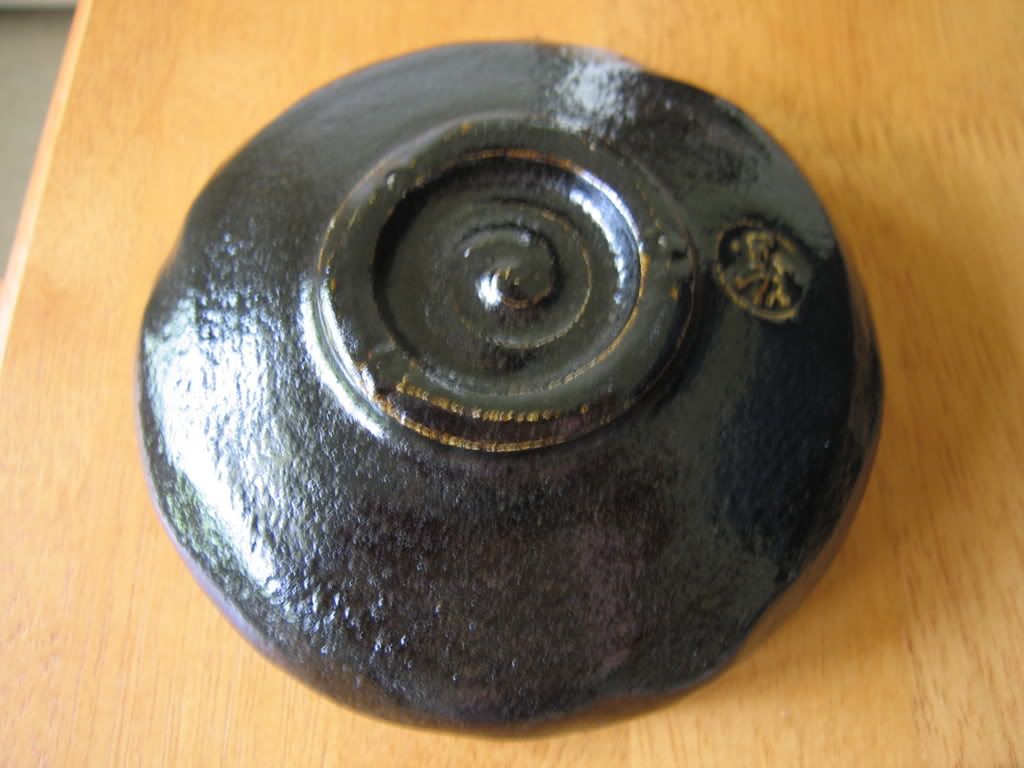
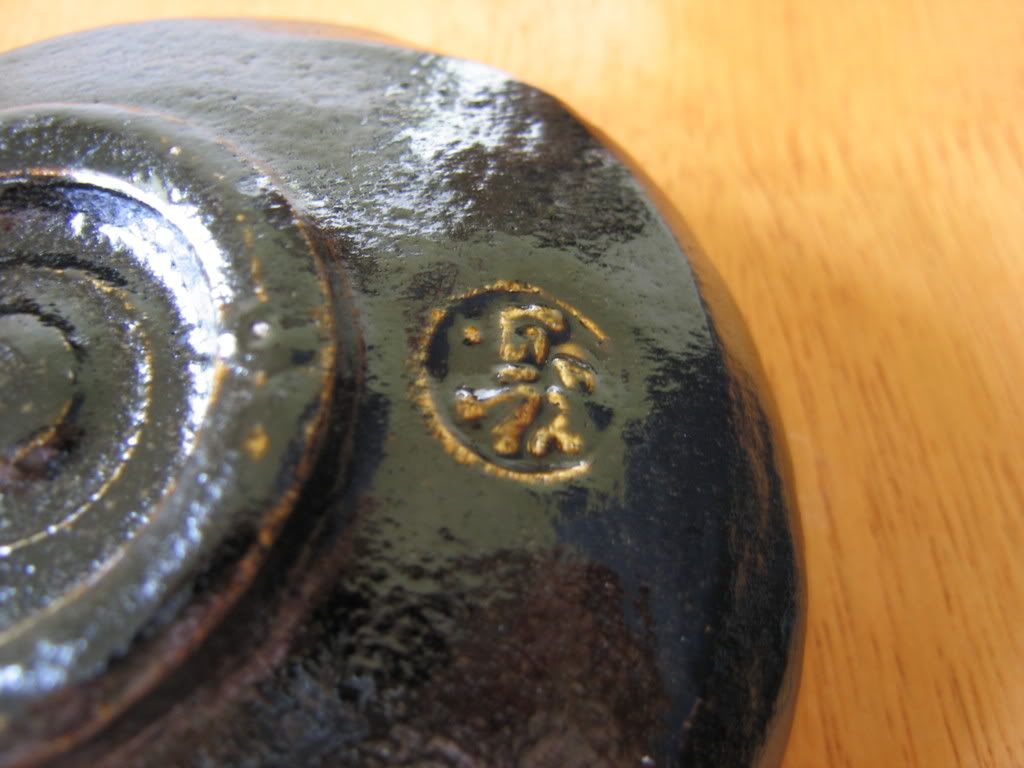
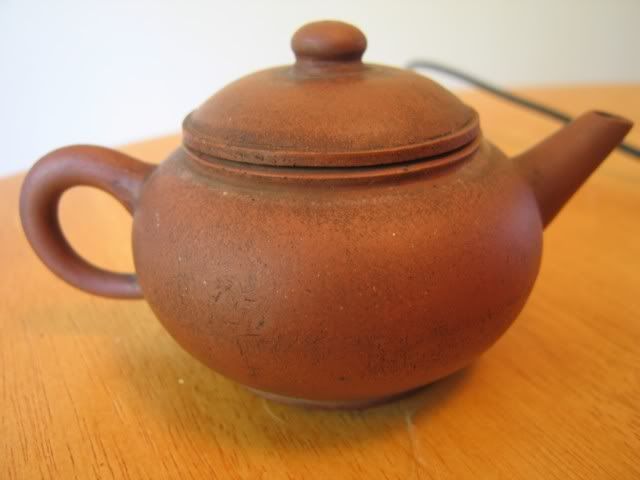
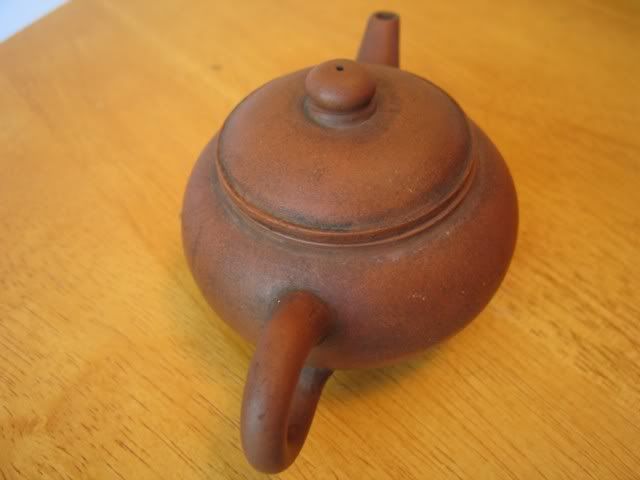
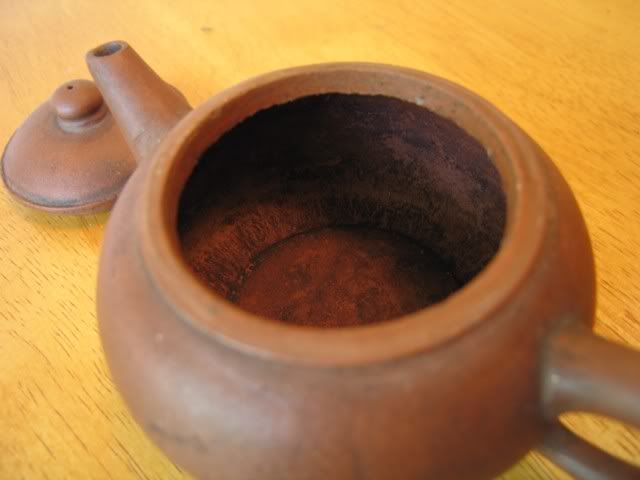

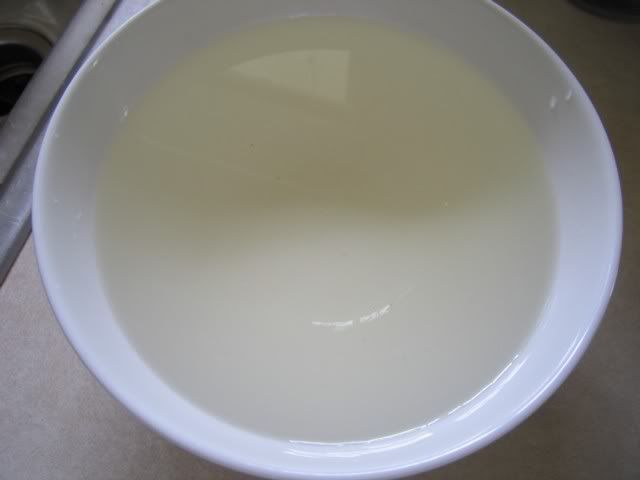
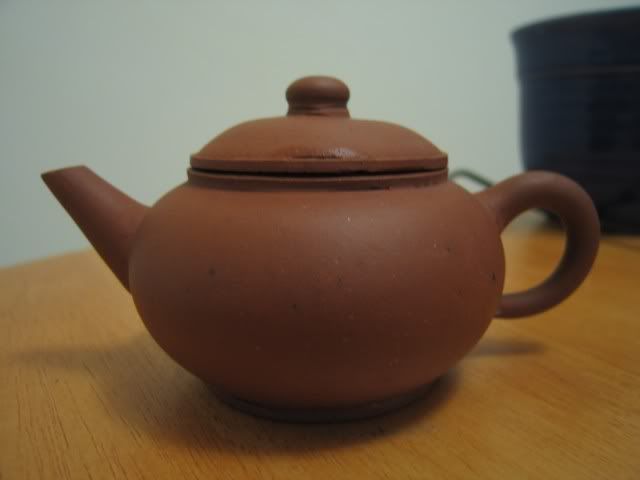
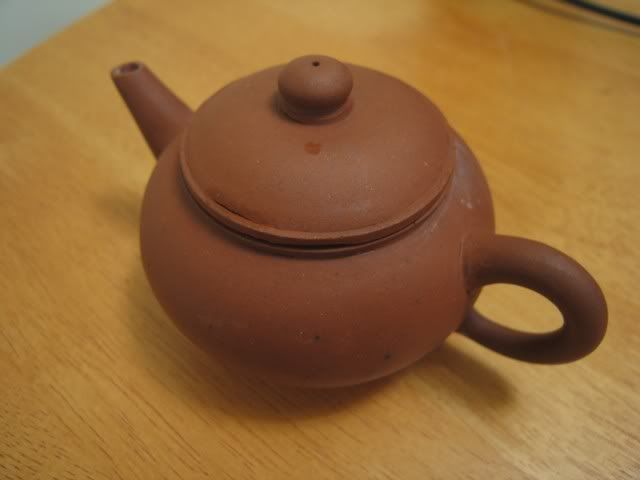
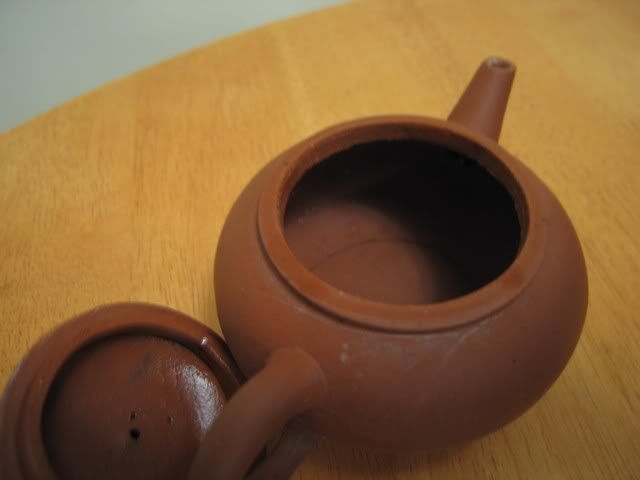
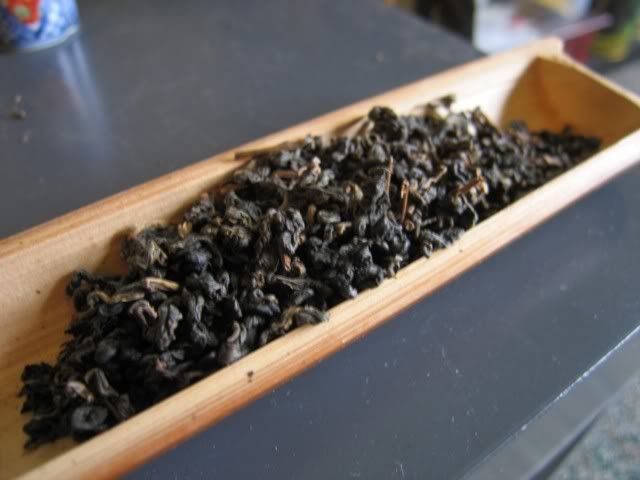
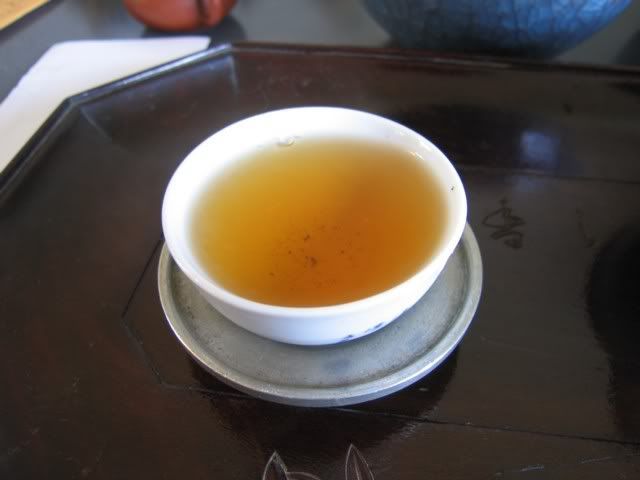

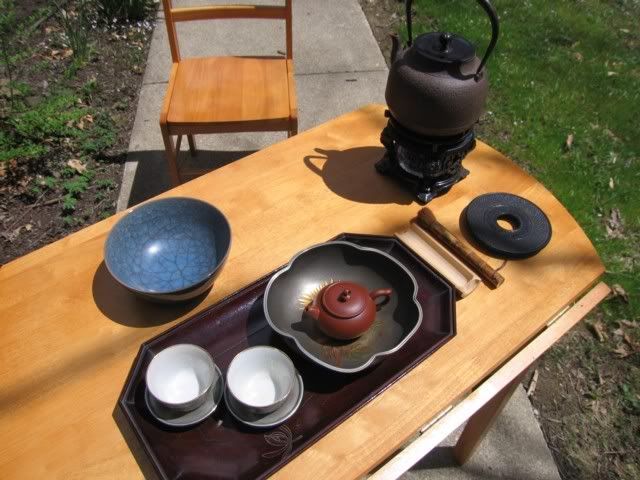
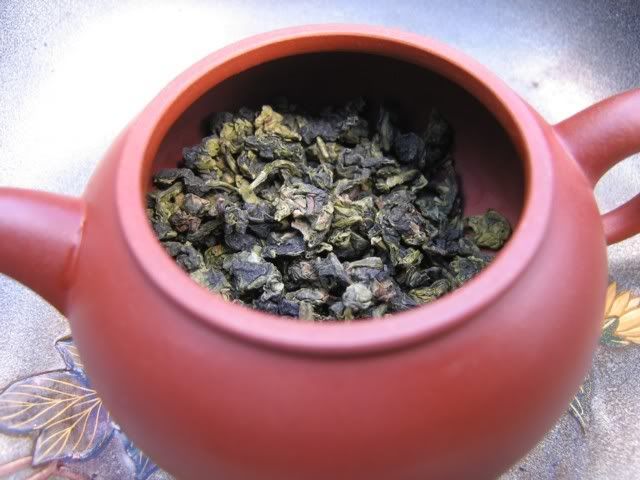
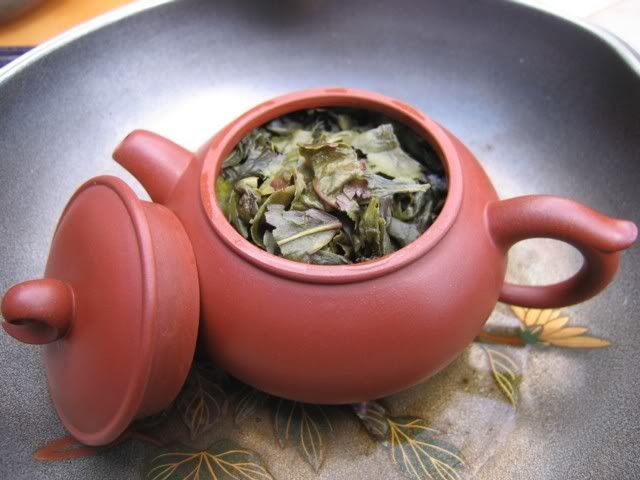



Yeah water is really something people don't talk enough about. You sort of settle into your routine and don't think…